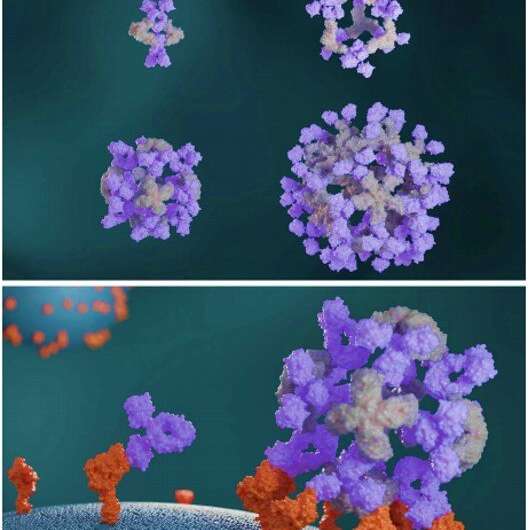In a new report now published on Science, Robby Divine
and an interdisciplinary research team at the department of
biochemistry, regenerative medicine, and vaccines and infectious
disease at the University of Washington U.S. and the School of
Medicine, at the Tehran University of Medical Sciences, Iran,
conducted computational designs of nanocages to assemble antibodies
into precise architectures. During the construction, one structural
component formed an antibody or Fc-ligand fusion and the second
design formed an antibody-binding homo-oligomer to drive nanocage
assembly with different valencies and symmetry. The team
hypothesize how this process can also increase the neutralization
of a pseudovirus; severe acute respiratory syndrome coronavirus-2
(SARS-COV-2) via α- SARS-COV-2 monoclonal antibodies and
Fc-angiotensin-converting enzyme 2 (ACE-2) fusion
proteins.



